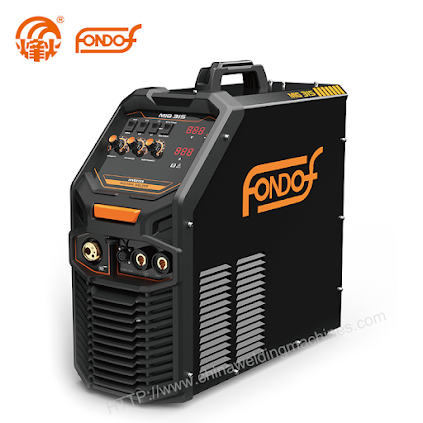What Does MAG Stand for in Welding?
In the intricate world of welding, acronyms often play a pivotal role in defining techniques, materials, and equipment. One such acronym that holds profound significance is MAG, leaving many enthusiasts and novices alike curious about its meaning and application. In this comprehensive guide, we unravel the mysteries behind MAG welding, shedding light on its definition, applications, and advantages.
Decoding MAG: What Does it Stand For?
MAG stands for Metal Active Gas welding, a versatile and widely adopted welding process in various industries. It is synonymous with Gas Metal Arc Welding (GMAW), which emphasizes the use of a continuous solid wire electrode, shielding gas, and an electric power source. This dynamic combination results in a highly efficient and precise welding method.
The Mechanics of MAG Welding
Wire Electrode
At the heart of MAG welding is the continuous wire electrode. Composed of various materials such as steel, aluminum, or other alloys, this wire serves as the filler material, melting into the base metals during the welding process.
Shielding Gas
Crucial to the success of MAG welding is the deployment of an appropriate shielding gas. Common choices include argon, carbon dioxide, or a blend of both. The shielding gas envelops the welding area, preventing atmospheric contaminants from compromising the weld quality.
Electric Power Source
MAG welding relies on a robust electric power source that provides the necessary energy to melt the electrode wire. The power source's precision and control contribute to the weld's accuracy and strength.
Applications of MAG Welding
The versatility of MAG welding machine makes it a preferred choice across various industries. Here are some key applications:
Automotive Industry
MAG welding finds extensive use in the automotive sector, seamlessly joining car components and ensuring structural integrity.
Construction Sector
In the construction realm, MAG welding proves indispensable for creating sturdy connections in steel structures, bridges, and other architectural elements.
Manufacturing Processes
MAG welding's efficiency shines in manufacturing processes, facilitating the production of high-quality goods with precision and speed.
Advantages of Choosing MAG Welding
High Productivity
The continuous nature of MAG welding, coupled with its speed and accuracy, results in significantly higher productivity compared to other welding methods.
Clean Welds
The shielding gas in MAG welding acts as a protective barrier, ensuring clean and contaminant-free welds, minimizing the need for extensive post-weld cleaning.
Versatility
MAG welding's adaptability to various metals and thicknesses makes it a versatile choice for diverse welding applications.
Conclusion
In the realm of welding, understanding the nuances of acronyms like MAG is paramount for enthusiasts and professionals alike. As we delve into the mechanics, applications, and advantages of Metal Active Gas welding, it becomes evident that this welding process is more than just an acronym—it's a dynamic and efficient method that propels industries forward.

评论
发表评论